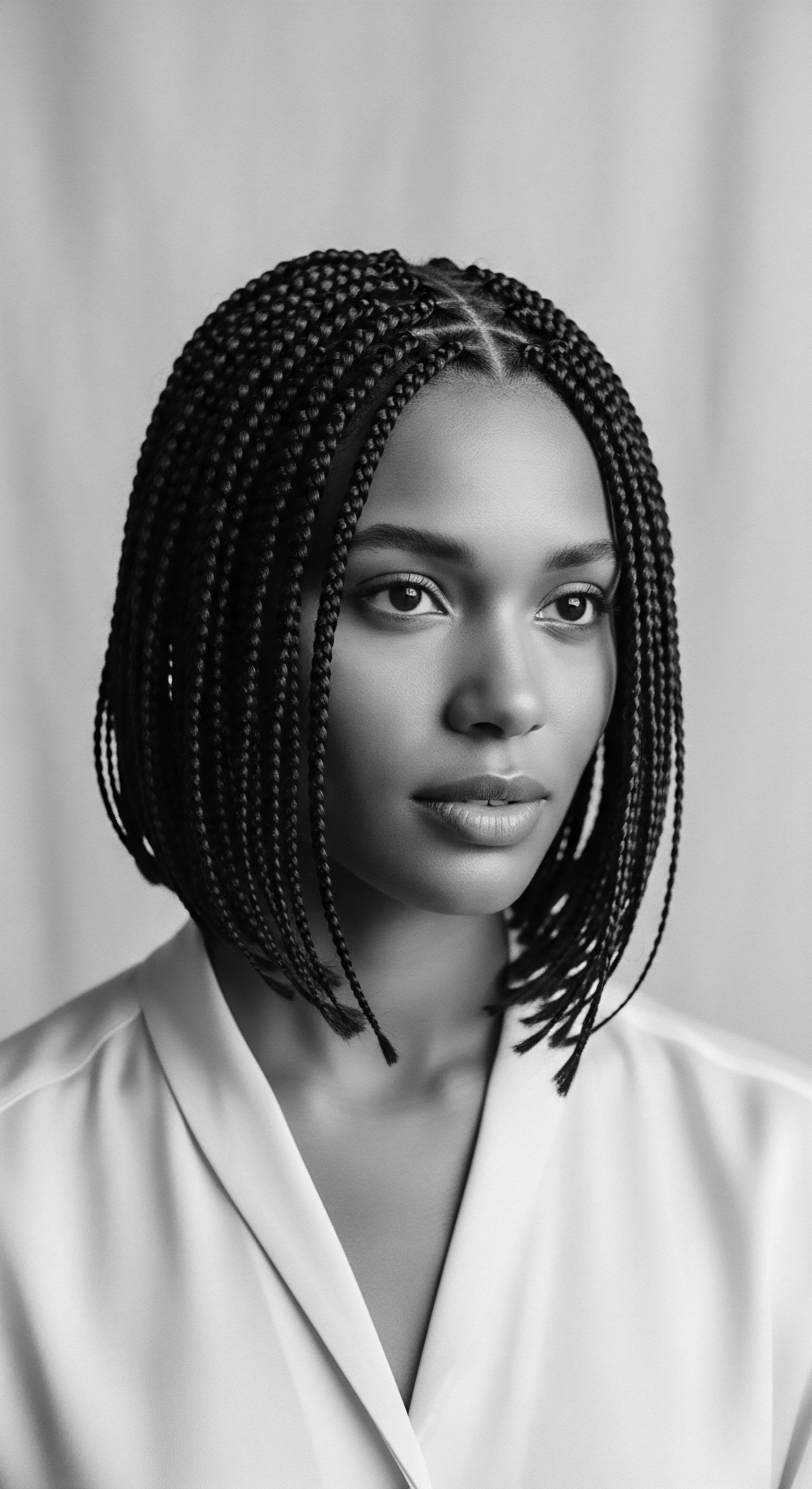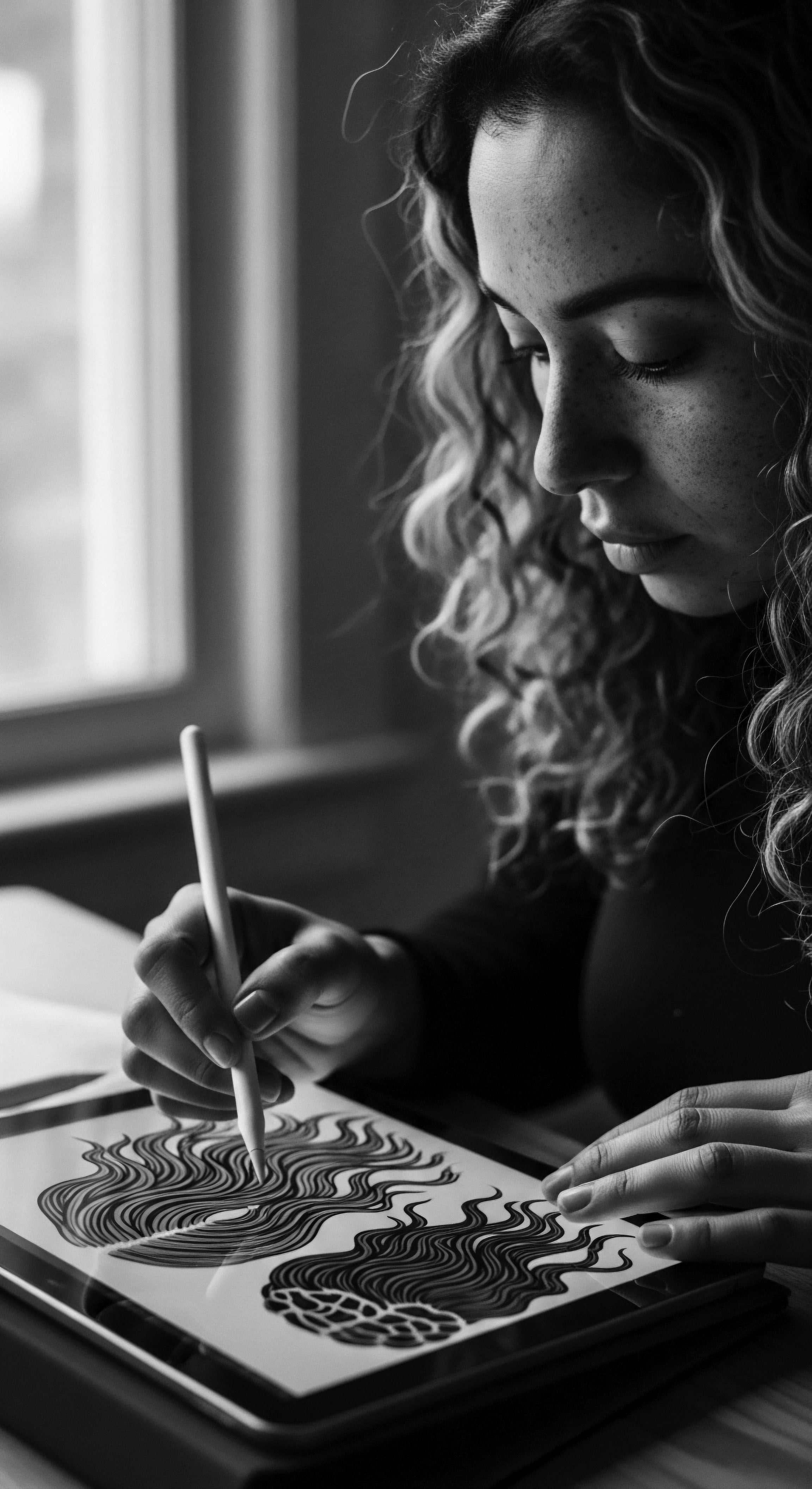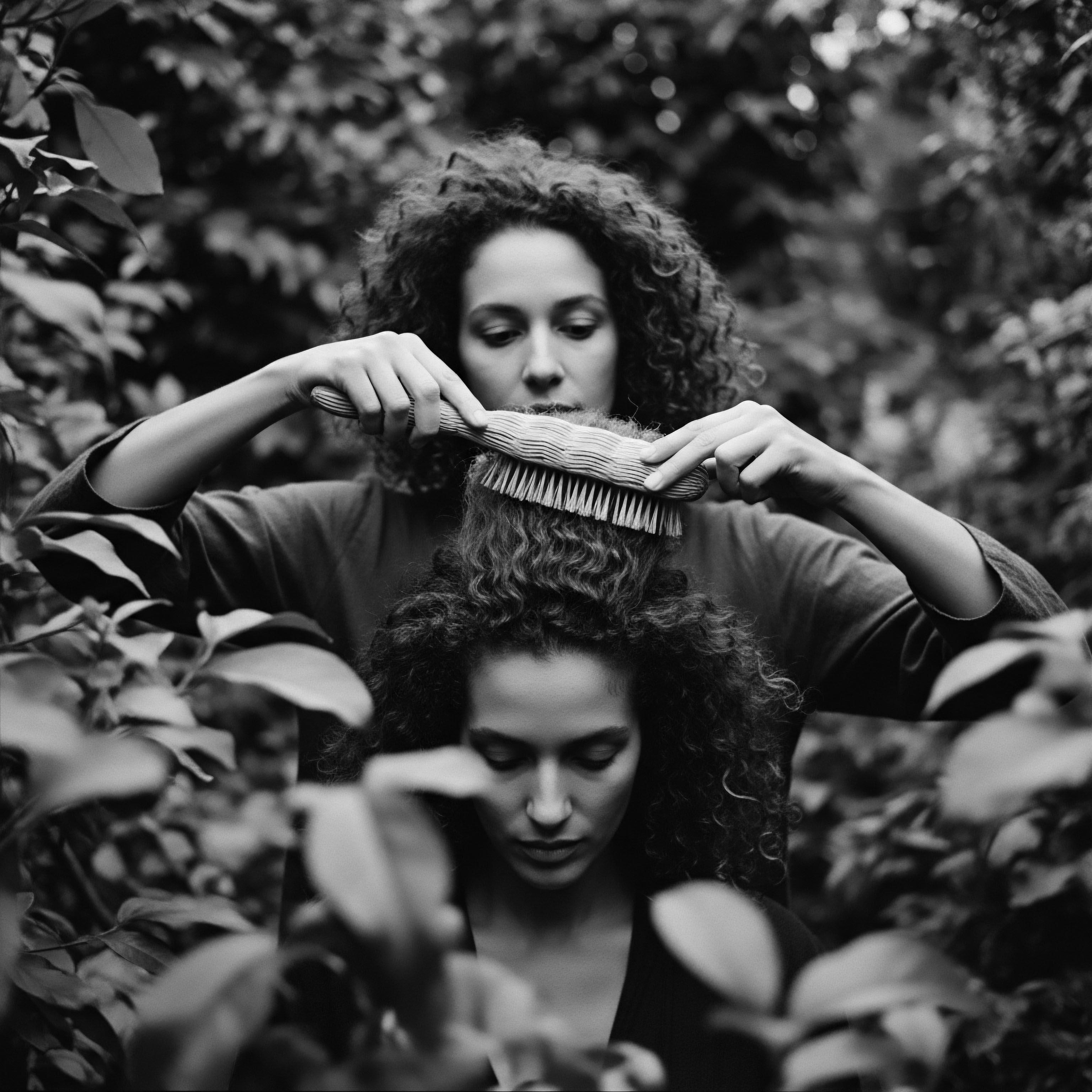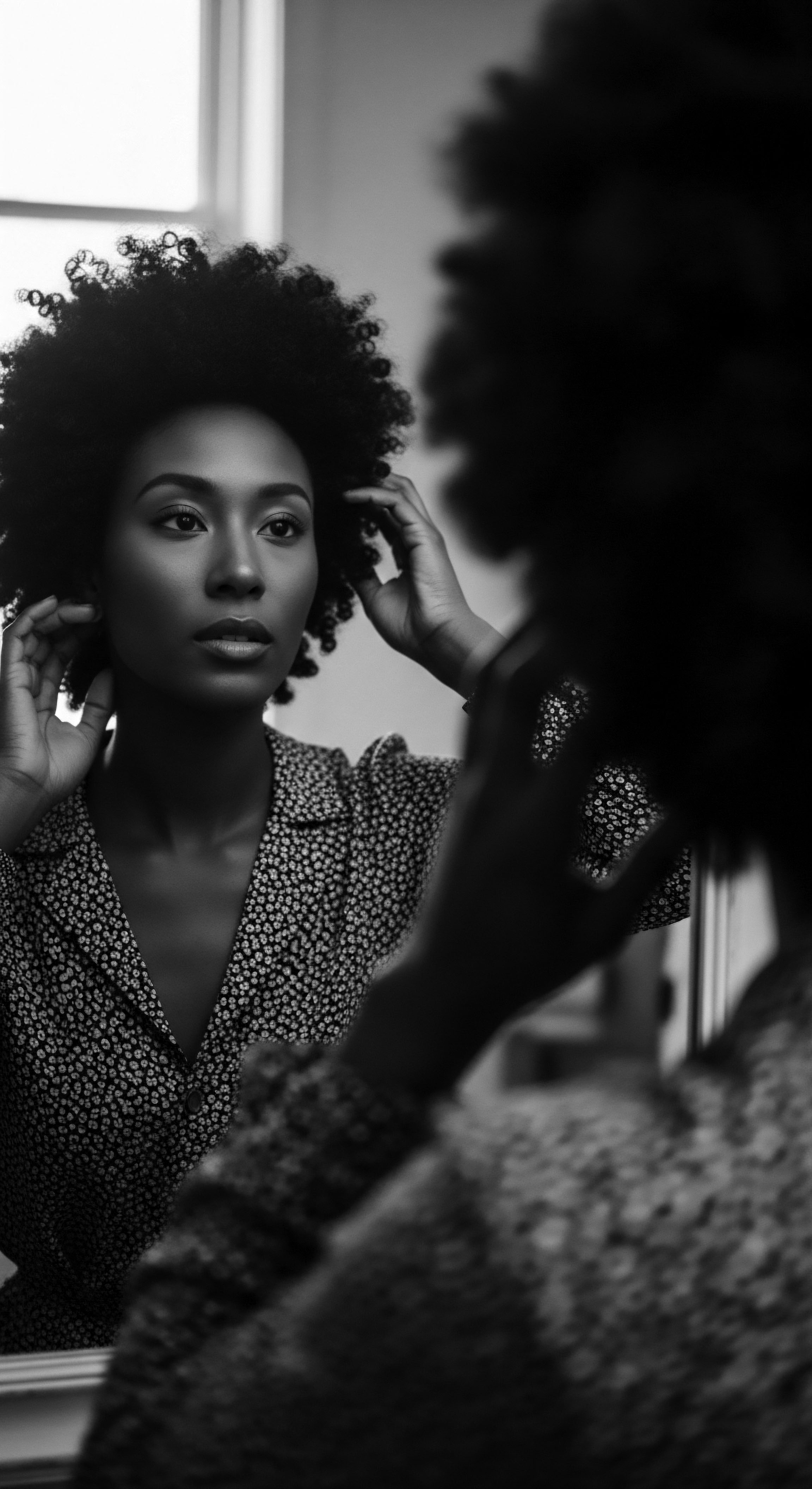
Fundamentals
Online communities stand as gathering places within the digital realm, spaces where individuals connect, share, and interact through various internet platforms. Picture a communal hearth, but instead of glowing embers, lines of code and shared digital experiences bind people together. These virtual congregations manifest in diverse forms, from vast social media networks to intimate forums dedicated to singular passions.
They are dynamic ecosystems where collective knowledge builds, where support finds expression, and where identities often intertwine with shared interests and affiliations. The fundamental meaning of an online community lies in its capacity to foster human connection, transcending geographical distances to create a sense of belonging among participants.
The core definition of an online community encompasses a group of individuals who, despite physical separation, interact primarily through digital channels to pursue common interests, exchange information, offer mutual aid, and cultivate relationships. This shared pursuit can range from professional collaboration to the collective celebration of a particular heritage. Within these spaces, established norms and expectations often emerge, guiding interactions and shaping the community’s unique character.

Early Digital Gatherings for Heritage
Long before the widespread ubiquity of social media, early digital platforms offered nascent forms of online communities. Bulletin Board Systems (BBS) and specialized forums served as initial digital hearths where individuals with niche interests, including those tied to specific cultural or ancestral practices, could converge. These pioneering spaces, though limited by technological constraints of their era, laid foundational groundwork for the more expansive and interconnected online communities we know today. They represented an early recognition of the human need for shared narratives and collective understanding, even across the unseen digital landscape.
Online communities are digital reflections of our innate human desire for connection, a modern echo of ancient communal gatherings around a shared fire.
The history of online communities is a relatively short yet rapidly evolving one, deeply entangled with the progression of internet technology itself. From simple text-based message boards to the visually rich, interactive platforms of the present, each technological leap has broadened the possibilities for human interaction and collective formation. The early stages were often characterized by asynchronous communication, allowing individuals to contribute to discussions at their own pace, fostering thoughtful exchanges. These forums were vital for those seeking specific information or validation not readily available in mainstream society.

Intermediate
An intermediate understanding of online communities acknowledges their nuanced layers, recognizing them as more than mere aggregations of users. These are intricate social structures where individuals not only consume information but also actively shape the shared environment, often through the lens of their unique experiences and ancestral ties. Online communities represent a living archive of shared human experience, a repository of collective wisdom, and a dynamic arena for cultural expression. Their significance extends beyond simple interaction; they become virtual extensions of cultural spaces, upholding and reinterpreting heritage for a new generation.

The Digital Hearth of Black Hair Heritage
Consider the profound role online communities have played in preserving and celebrating Black and mixed-race hair heritage. For centuries, the rich traditions of textured hair care and styling have been passed down through familial lines, in communal spaces like hair salons, and through lived experience. However, systemic biases and limited representation in mainstream media often marginalized these traditions.
The advent of online communities offered a vital counter-narrative. Individuals, often women of African descent, found in these digital spaces a collective voice and a profound sense of belonging that was difficult to replicate offline (Haaruun & Watson, 2010).
One particularly potent example of this phenomenon is the natural hair movement , which experienced a significant resurgence and expansion largely through online communities. In the early 2000s, platforms like BlackHairCare.com and Nappturality.com emerged as havens where Black women could openly discuss their hair journeys, share care tips, and challenge Eurocentric beauty standards (Slater, 2020). These forums were instrumental for many, allowing conversations about “going natural” and performing the “big chop”—the cutting off of chemically relaxed hair—in a supportive environment. The term “nappy,” once a derogatory descriptor, was reclaimed and celebrated within these digital sisterhoods, underscoring the power of collective identity affirmation (Slater, 2020).
For Black women, online hair communities offer a sanctuary where ancestral beauty is honored and self-acceptance finds collective affirmation.
These digital spaces provided crucial support and information that traditional media often neglected. Many Black women, unfamiliar with caring for their natural hair texture due to generations of chemical straightening, turned to online sources for guidance (Jackson, 2019). The online natural hair community became a virtual support system and a counterculture to dominant beauty norms, positively impacting perceptions of beauty and self-esteem among women in the African Diaspora (Haaruun & Watson, 2010).
| Era/Method Pre-Colonial Africa |
| Traditional Characteristics Hair as a sacred tool of communication; communal braiding, status markers, spiritual significance. Knowledge passed down orally, through direct practice. |
| Digital Manifestation & Impact Shared cultural heritage, though direct digital archiving limited to modern interpretations. |
| Era/Method Slavery & Post-Emancipation |
| Traditional Characteristics Hair as a means of resistance, survival (e.g. cornrowed escape maps), and cultural preservation despite oppression. Salon culture emerges as a social hub. |
| Digital Manifestation & Impact Early forums like BlackHairCare.com offered spaces to reconnect with practices and discuss liberation. |
| Era/Method Mid-20th Century (Civil Rights/Black Power) |
| Traditional Characteristics Afro as a political statement, symbol of resistance and self-love. Information spread through community organizing and grassroots efforts. |
| Digital Manifestation & Impact Re-emergence of Afrocentric beauty ideals online, fostering collective consciousness. |
| Era/Method Early 2000s – Present (Natural Hair Movement) |
| Traditional Characteristics Return to natural textures, often driven by health concerns and a desire for authenticity. |
| Digital Manifestation & Impact YouTube tutorials, blogs, social media forums became primary sources of information and community building; a sense of "e-sisterhoods" emerged. |
| Era/Method The journey of Black hair knowledge, from communal hearths to the digital fireside, underscores an enduring resilience and a persistent quest for self-definition through shared experience. |
The shift to online spaces for hair conversations also addressed a practical void. For individuals who had grown up in a world where natural Black hair was often absent from mainstream discourse, online blogs provided learning opportunities. These digital sisterhoods became essential for nurturing hair and challenging the normalized binary that often marginalized unprocessed African hair (Mbunyuza-Memani, 2022). This demonstrates how online communities extend beyond simple discussion; they become active sites of cultural resistance and education.

Virtual Support Systems and Identity
Online communities have become vital support systems, particularly for groups whose experiences are underrepresented in broader society. The shared identity around textured hair creates a powerful bond. When a Black woman connects with others online who are navigating similar hair journeys, battling societal judgments, or seeking information about specific styles, it fosters a sense of solidarity (Ellington, 2015). This shared context cultivates resilience and offers a space to explore self-definition away from external pressures.
The impact of these digital communities extends to psychological well-being. Increased access to images of Black women with natural hair, coupled with self-identification with those images, positively influences perceptions of beauty and self-esteem within the African Diaspora (Haaruun & Watson, 2010). The very act of engaging within these communities can be a profound affirmation of one’s heritage.

Academic
From an academic standpoint, online communities are complex sociotechnical phenomena, defined as persistent, digitally mediated social groups where individuals engage in sustained interaction, share common practices, and develop a collective identity around specific interests, often transcending geographic boundaries. This conceptualization moves beyond a simple understanding of digital platforms to examine the emergent social structures, norms, and cultural productions that arise within them. The meaning of ‘Online Communities’ thus extends to encompass the intricate interplay of technology, human psychology, and cultural dynamics that shape these virtual collectives. Reputable research highlights how these spaces can serve as powerful conduits for identity formation, cultural preservation, and social support, particularly for marginalized groups.

The Genealogy of Digital Hair Spaces ❉ A Counter-Hegemonic Archive
To dissect the meaning of online communities in the context of textured hair heritage requires an exploration of their role as counter-hegemonic archives and sites of digital ethnography. Historically, dominant beauty standards often marginalized Black hair, linking it to derogatory stereotypes and fostering a narrative of inferiority (Byrd & Tharps, 2014; Patton, 2006). This systemic devaluation, rooted in histories of slavery, colonialism, and white supremacist ideology, profoundly shaped Black women’s self-perception and hair practices (Haaruun & Watson, 2010). The emergence of online communities represents a significant recalibration of this power dynamic.
Early internet forums, such as BlackHairCare.com in the late 1990s, served as foundational spaces for women of African descent to engage in dialogue about natural hair care (Slater, 2020). These initial digital gatherings provided a crucial informal learning environment. Here, individuals could exchange product recommendations, styling tips, and emotional support, essentially creating a decentralized, user-generated knowledge base for Afro-textured hair that was largely absent from mainstream media or formal educational institutions (Jackson, 2019). The very act of sharing these personal narratives and practical insights online began to dismantle the isolation many felt in their hair journeys, fostering a shared sense of experience and collective identity.
The growth of the natural hair movement in the 21st century, largely propelled by online platforms, illustrates the profound meaning of these communities as agents of cultural and psychological transformation. Research by Haaruun and Watson (2010) analyzed 140 YouTube videos and over 5,000 comments related to natural hair. Their qualitative analysis revealed how these online communities fostered a culture of viewer identification with video creators, validation of Black beauty and hair, and extensive exchanges of social support.
A survey conducted as part of their study indicated that 92% of respondents liked their natural hair, 95% felt good wearing it naturally, and nearly 99% affirmed that wearing natural hair was healthy (Haaruun & Watson, 2010). This empirical data underscores the tangible positive impact of these online spaces on self-esteem and racial pride among women in the African Diaspora.
The concept of “e-sisterhoods” within these online communities is particularly noteworthy (Mbunyuza-Memani, 2022). For many Black South African women, for example, online blogs became sites of resistance, learning, and positive Black affirmation. Interviews revealed how women, often not taught to nurture their natural hair from an early age due to societal norms, found educational communities of “e-sisters” online (Mbunyuza-Memani, 2022). This highlights how online communities transcend simple information exchange; they become crucial socio-emotional infrastructures, offering a sense of belonging and collective agency against prevailing beauty hierarchies that have historically marginalized Black hair.
- Ancestral Knowledge Retrieval ❉ Online communities serve as a means to recover and disseminate traditional hair care practices that were often suppressed or lost during periods of cultural subjugation.
- Identity Affirmation ❉ For individuals with textured hair, these platforms offer spaces for self-definition and the affirmation of diverse hair types, counteracting Eurocentric beauty standards.
- Diasporic Connection ❉ Online communities enable a global sisterhood and brotherhood, connecting individuals across the African diaspora who share similar hair experiences and heritage.
The phenomenon of online communities also extends to the realm of digital activism. As Tiffany M. Gill (2015) observes, the online natural-hair communities provide a rich archive for those who wish to take seriously the concerns of Black women.
She argues that the “politics of community in digital media” define, cultivate, and contest narratives surrounding Black beauty (Gill, 2015). This engagement signifies a crucial shift in how cultural meanings are produced and disseminated, moving from traditional gatekeepers to decentralized, user-generated content.
The influence of online hair communities on digital culture and racial identity is a subject of ongoing academic inquiry. Researchers examine how these platforms allow for the negotiation of Black womanhood, the sharing of experiences, and the challenging of societal norms (Gill, 2015). While there are concerns about the perpetuation of certain beauty ideals within these spaces, and an overrepresentation of particular hair textures, the overall contribution to restoring Black women’s self-esteem and fostering a sense of belonging is a recurring finding (Gill, 2015). The online community surrounding natural hair has truly become a vehicle for change, providing a comforting space for those seeking support and information (Jackson, 2019).
- YouTube Channels ❉ Content creators provide visual tutorials on styling and care, sharing personal journeys and product reviews.
- Blogging Platforms ❉ Written narratives, detailed product breakdowns, and personal reflections offer a deeper dive into the nuances of natural hair experiences.
- Social Media Groups ❉ Interactive forums on platforms like Facebook and Twitter facilitate real-time discussions, mutual support, and sharing of daily experiences.
The critical lens also highlights how online communities operate as a response to the historical erasure of Black hair in mainstream digital environments. Game designers and corporations have often presented limited or stereotypical representations of Black hairstyles in virtual spaces (Rowe, 2019). Online communities, through their collective creative output and demand, push back against this “digital hair diversity” deficit, advocating for more authentic and varied representations of textured hair (Rowe, 2019). This collective push demonstrates the communities’ meaning not only as a place for personal support but as a collective force for cultural advocacy in the digital age.
In conclusion, the academic understanding of online communities, especially in the context of textured hair heritage, reveals them as dynamic, complex, and vital ecosystems. They are not merely platforms but living expressions of collective identity, sites of resistance against historical oppression, and powerful engines for cultural re-affirmation. The wealth of shared knowledge and the strength of the collective voice within these digital spaces illustrate their profound meaning in the lives of Black and mixed-race individuals, transforming personal hair journeys into shared ancestral narratives.

Reflection on the Heritage of Online Communities
As we gaze upon the expansive landscape of online communities, particularly those that have flourished around textured hair heritage, we discern more than fleeting digital trends. We encounter echoes of ancient communal practices, transmuted into the modern vernacular of the internet. The digital spaces where Black and mixed-race individuals share their hair journeys are, in essence, contemporary embodiments of ancestral gatherings – a digital hearth where knowledge is exchanged, stories are woven, and collective identity is affirmed. The significance of these communities lies in their ability to bridge temporal and geographical divides, allowing the wisdom of previous generations to find a fresh voice and new relevance.
Through these online forums, the tender thread of hair care, once passed hand-to-hand in intimate family circles or the vibrant salon, now stretches across continents. It is a testament to resilience, a living archive of self-acceptance, and a powerful statement of cultural pride. The textured hair, once a site of struggle and conformity, has become a canvas for self-expression and a symbol of liberation, amplified by the shared affirmations found within these virtual spaces.
The unbound helix of our ancestral hair, a biological marvel, finds its digital counterpart in the intricate networks of care and understanding that online communities cultivate. They reflect a journey from elemental biology and ancient practices, through living traditions of care and community, to their profound role in voicing identity and shaping futures.

References
- Byrd, A. & Tharps, L. (2014). Hair Story ❉ Untangling the Roots of Black Hair in America. St. Martin’s Press.
- Ellington, T. N. (2015). Social Networking Sites ❉ A Support System for African-American Women Wearing Natural Hair. International Journal of Fashion Design, Technology and Education, 8(1), 21-29.
- Gill, T. M. (2015). #TeamNatural ❉ Black Hair and the Politics of Community in Digital Media. Nka Journal of Contemporary African Art, 2015(37), 70-79.
- Haaruun, A. & Watson, M. (2010). Digital Beauty ❉ Screening Black Hair in Cyberspace. International Journal of Web Based Communities, 6(3), 317-333.
- Jackson, C. (2019). YouTube Communities and the Promotion of Natural Hair Acceptance Among Black Women. The University of Utah.
- Mbunyuza-Memani, L. (2022). Embracing natural hair ❉ Online spaces of self-definition, e-sisterhoods and resistance. Communicare ❉ South African Journal for Communication Theory and Research, 38(2), 25–45.
- Patton, M. (2006). African American Hair and the Natural Hair Movement. The University of Georgia.
- Slater, M. (2020, February 6). Curly Hair on Dial-Up. Slate.
